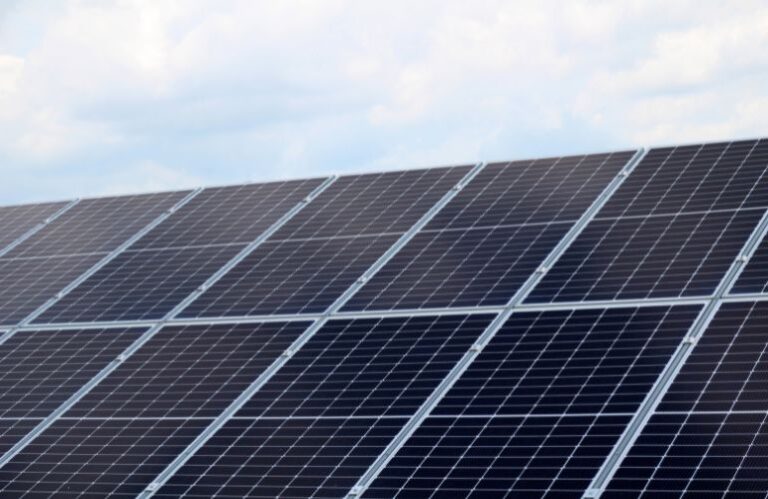AI-powered forecasting company Amperon has launched its new asset-level renewable energy generation forecasts. Renewable energy producers, utilities, and other companies that buy and sell electricity can now view solar power generation forecasts at an individual site level or at an aggregated level for portfolio management, and hourly forecast accuracy is assessed and calculated at based on the nominal capacity of the asset. , providing greater transparency and accountability.
“As we look to renewables to help us decarbonize our grid, solar producers need better, more accurate forecasts that give them a very clear picture of how their generation assets are likely to perform in the coming days and weeks,” he said. Amperon CEO and co-founder Sean Kelly. “Without accurate forecasts at the solar farm level, companies risk having to pay high real-time energy prices to cover the difference between their planned energy and the energy actually produced. We want to give sustainable energy companies more insight into their future generation, so that they can maximize the value of the energy they generate while saving on costs.”
Amperon’s Asset-Level Forecasts provide 15-day solar forecasts, updated hourly, and two-day, sub-hourly solar forecasts at 5-minute intervals. More accurate solar forecasts reduce the risk of financial losses due to over- or under-planning in the real-time market, which occurs when actual generation differs from that previously forecast. Customers can also better track avoided emissions by gaining insight into their carbon footprint three days in advance and calculating how much CO2 is offset thanks to their sustainable generation.
“Knowing how much renewable energy is likely to be available to meet demand is critical to ensuring a safe, reliable and affordable electricity grid,” said Elliott Chorn, EVP Product at Amperon. “If renewable energy sources, such as wind or solar power, produce less than expected, the electricity grid will have to rely on more expensive, highly polluting natural gas-fired peaking power plants to meet demand. More accurate wind and solar forecasts keep energy prices low while keeping the electricity grid green.”
Traditional forecast metrics such as mean absolute percentage error (MAPE), normalized mean absolute error (nMAE), and root mean square error (RMSE) often fall short when applied to renewable generation, especially for single-site solar projects. These conventional metrics do not take into account the capacity of the system or the maximum power the system can produce, leading to less accurate assessments.
To address this issue, Amperon has introduced a new metric specifically designed for renewable energy forecasting: capacity normalized mean absolute error (cnMAE). The cnMAE metric scales the predicted error based on the capacity of the system and provides a relative error measure that ensures that the scale of the system and the observed values during the estimated period do not distort the error score. By simply calculating cnMAE as MAE divided by the capacity, this new approach integrates the system capacity into the error measurement. This alleviates the limitations of traditional methods and provides a more versatile and fairer error metric for the renewable energy sector, ultimately improving the accuracy and reliability of the forecasts.
News item from Amperon


